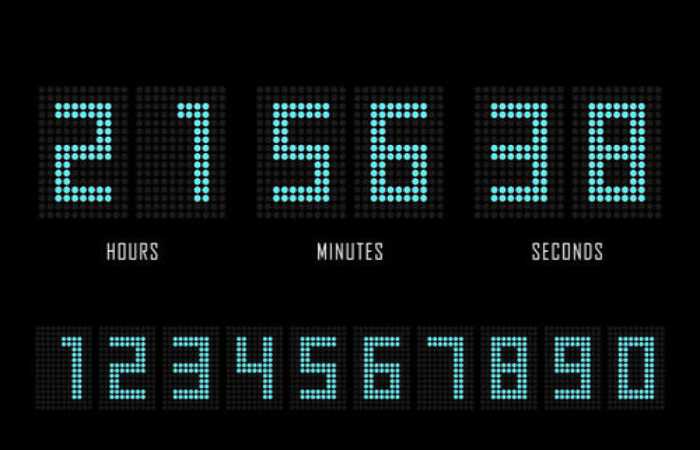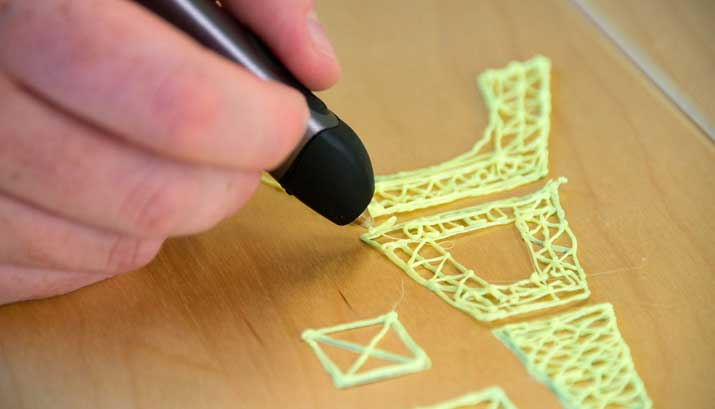The online countdown timer has become an indispensable tool in the digital age, utilized in various contexts, from event promotions to productivity enhancement. But have you ever stopped to consider the intricacies behind its operation? At its core, an online countdown timer relies on a combination of programming languages to accurately track and display time. However, the process is more complex than meets the eye, involving calculations, real-time updates, and synchronization across devices. As we explore the inner workings of online countdown timers, we’ll uncover the key components and programming mechanisms that make them tick – and what happens when the clock strikes zero.
Basic Components of Countdown Timers
Typically, online countdown timers consist of three fundamental components: a timing mechanism, a display interface, and a control system, which work in tandem to accurately track and display the remaining time. The timing mechanism is the core component responsible for tracking the elapsed time, utilizing algorithms and clock signals to ensure precision. This mechanism can be based on server-side scripting, client-side scripting, or a combination of both.
The display interface is the visual representation of the countdown timer, showcasing the remaining time in a user-friendly format. This interface can be customized to display the time in various formats, such as days, hours, minutes, and seconds. The control system is responsible for managing the countdown timer’s behavior, including starting, stopping, and resetting the online timer. This system can also handle user interactions, such as setting the countdown duration and configuring the timer’s settings. Together, these three components form a robust online countdown timer that can be used in various applications, including event promotions, product launches, and website optimization.
How Countdown Timers Are Programmed?
Behind the scenes of a well-designed countdown timer lies a meticulous blend of programming logic, data storage, and browser or server interaction. These components work together in a sequence that relies heavily on efficient algorithm design to render real-time displays accurately on clients’ end devices.
The programming of an online countdown timer typically involves the use of JavaScript, HTML, and CSS, which work in tandem to create a seamless user experience. The timer’s logic is often implemented using JavaScript, which handles the countdown calculations, updates the display, and manages user interactions.
The countdown timer’s data storage is typically handled by the server, which stores the start time, end time, and other relevant settings. When a user accesses the countdown timer online, the client’s browser sends a request to the server, which then responds with the necessary data to render the timer.
The browser then uses this data to display the countdown timer, updating the display in real-time using JavaScript. Efficient algorithm design is crucial to ensure that the countdown timer remains accurate and synchronized across different devices and time zones.
Synchronizing Time Across Devices
Synchronizing time across devices is a critical aspect of online countdown timers, as it ensures that the displayed countdown is accurate and consistent for all users, regardless of their geographical location or device type. To achieve this, online countdown timers utilize a combination of technologies, including Network Time Protocol (NTP) and atomic clocks. NTP allows devices to synchronize their clocks with a reference clock, ensuring that all devices display the same time. Atomic clocks, which are incredibly accurate, serve as the reference point for NTP.
The synchronization process involves the timer server sending a timestamp to the client device, which then adjusts its local clock to match the server’s time. This process occurs repeatedly, ensuring that the client device’s clock remains in sync with the server’s clock. By using NTP and atomic clocks, online countdown timers can maintain accuracy to within a few milliseconds, even across different time zones and devices. This level of precision is essential for applications where timing is critical, such as online auctions, webinars, and live events.
Triggering Actions at Zero Hour
When the countdown reaches zero, online countdown timers can be configured to trigger a variety of actions, including sending notifications, redirecting users to a new webpage, or executing a specific script, thereby automating tasks and enhancing the overall user experience. This functionality is made possible by the use of JavaScript and HTML5, which enable developers to create custom callback functions that are executed when the countdown timer expires.
These callback functions can be used to trigger a range of actions, from simple notifications to complex workflows. For example, an online timer can be configured to send a notification to a user’s email or mobile device when the countdown reaches zero, or to redirect the user to a new webpage or landing page. Additionally, online timers can be integrated with other web applications and services, such as social media platforms or marketing automation tools, to enable more complex workflows and automation scenarios.
Conclusion
The online countdown timer’s functionality relies on the integration of JavaScript, HTML, and CSS programming languages. Its core mechanism accurately tracks time, enabling real-time updates and synchronization across devices. This technology facilitates the execution of specific actions when the timer reaches zero, enhancing user engagement. By leveraging this functionality, online countdown timers have become essential tools for events and promotions, offering versatility and reliability in managing time-sensitive activities.






